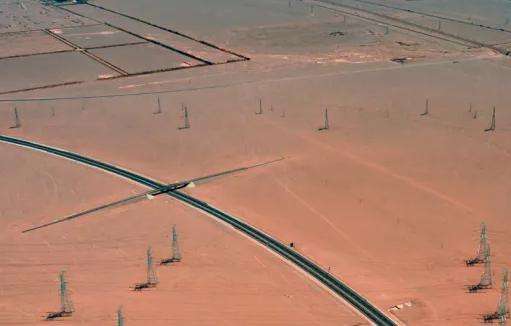The foundation base used to place and fix the diesel generator set is very important. It must meet the following requirements:
Support the weight of the entire unit and the dynamic impact load caused by the unbalanced force. when the unit is running;
Have sufficient rigidity and stability to avoid deformation and affect the coaxiality of the diesel engine, main alternator and accessories;
Absorb vibrations generated when the unit is working ; running . Minimize the transmission of vibrations to foundations and walls;
Foundations should be as flat and smooth as possible;
If conditions permit, a wastewater tank can be reserved so that waste water, oil, etc. can drain over time and leave a trench for the generator's power distribution output cable.
Usually installing foundationConcrete ons is a reliable and simple installation method, and users are recommended to give priority to it. When pouring the concrete base, make sure the concrete surface is flat and without any damage. It is recommended that the user use a level or similar instrument when installing the unit and its exhaust system.
Generally speaking, the height of the concrete platform of the diesel generator set should only be 100-200mm. The subgrade used to make the concrete deck must also have sufficient bearing strength to support the total weight of the entire unit above and the concrete foundation.
What requirements should the equipment layout of the stationary diesel generator room meet?
The installation requirements of the diesel generator mainly include:
If the diesel generator is used indoors, the hoseThe smoke exhaust must be led outside. The diameter of the smoke evacuation pipe must be greater than the diameter of the silencer smoke outlet pipe. The pipe bends must not exceed 3 to ensure smooth smoke evacuation, and. the pipe should be inclined downward by 5 to 10 degrees, to avoid rainwater injection; If the exhaust pipe is installed vertically upwards, a rain cover must be installed.
If it is an indoor machine room, the installation location should be well ventilated. There should be sufficient air inlets on the generator side and good air outlets on the diesel engine side. the air outlet should be at least 1.5 times larger than the water tank area.
Avoid placing it near the diesel generator, which may produce acidity and alkalinity. For items containing corrosive gases and vapors, theengine room must be equipped with fire extinguishing devices.
When the foundation is concrete, a level ruler should be used to measure its level during installation so that the unit can be fixed on a level foundation. There must be special anti-vibration pads or foot bolts. between the unit and the foundation.
The two-way switch between the diesel generator set and the mains power supply must be very reliable to prevent reverse power transmission. The reliability of the two-way switch wiring must be inspected and approved by the local power supply department.
The unit shell must have reliable protective earthing. For generators that require a neutral point to be directly earthed, it is strictly prohibited to use the mains earthing device to directly earth the neutral point. put at theland by professionals. Ground and install lightning protection.
The choice of the installation location of the unit is generally based on easy operation, good ventilation, convenient electrical distribution connection, economical and conducive to the maintenance of the unit:
1) Ensure the machine room air inlet and exhaust is smooth.
2) Ensure that the noise and smoke generated when the appliance operatesEnvironmental pollution should be minimized as much as possible.
3) There should be sufficient space around the diesel generator set to facilitate cooling, operation and maintenance of the unit. Generally, 1 to 1.5 meters. must be left around the unit (except for quiet units).
4) Make sure the unit is protected from rain, sunlight (except for quiet units), overheating and damage causedby freezing.
5) Avoid storing flammable and explosive objects around the diesel generator.














